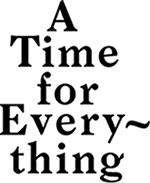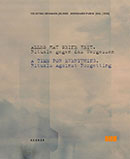Creation
Torah Shield/Tass
Hamburg, 1716-28 and later

-
Silver, partly gilded, enamel
Master craftsman: Frantz Wagener
© Privately owned, Munich
The Jewish calendar is structured by its numerous holidays, each with its own rituals. The most important one is the Sabbath, or Shabbat, the observance of which is one of the Ten Commandments: "Remember the Sabbath day to keep it holy" (Exodus 20:8). The day of rest is also the climax of the Jewish week: "For in six days the Lord made heaven and earth, the sea, and all that in them is, and rested on the seventh day; wherefore the Lord blessed the Sabbath day, and hallowed it" (Exodus 20:11).
During Shabbat services the Torah scrolls are taken out of the Ark in the synagogue and brought to the bimah, the central lectern in the room, from where the weekly portion of the Torah is read. The Torah is usually wrapped in a mantle to protect the precious parchment and at the same time it adorns the sacred scrolls. Torah decorations are frequently hung over the mantle, such as a crown or a Torah shield, or breastplate (Hebrew: tass).
Torah shields are often very artistic and richly ornamented. Congregation members frequently donate them to the synagogue in memory of deceased family members. A new tass is presented either for a regular Sabbath service or on a High Holiday. The date and the names of those honored are usually noted on the shield.
The tass shown here is from the eighteenth century and has two extra hanging plaques with inscriptions and blessings: "To honor God and His Torah and in remembrance of my parents and my father-in-law, blessed be their memory, and to honor my wife, my son, my daughter, and my mother-in-law, I, the humble Aron, son of the rabbi Löw Lamm, may the memory of the righteous be blessed, pledged to donate [this] on the first Shabbat of the month of Marcheshvan in the year 575."



















